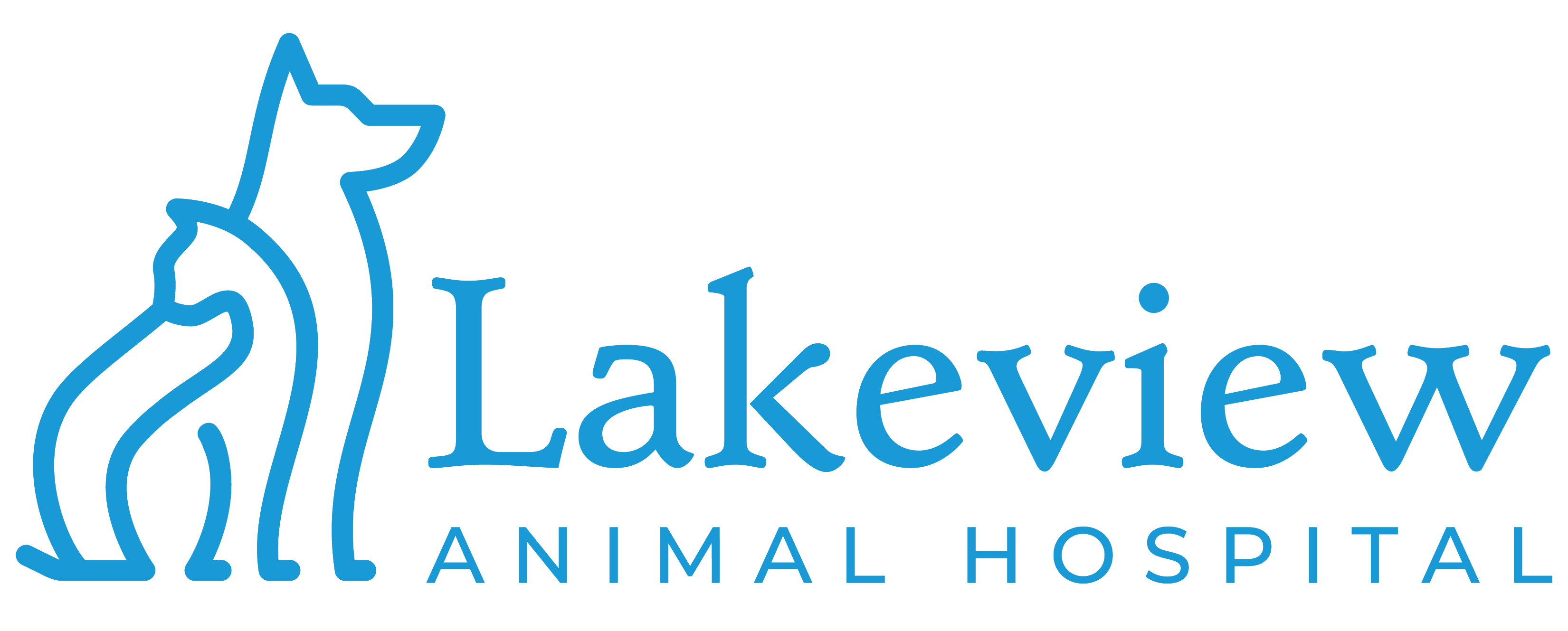Educational Articles
-
Teaching a dog to come when called is perhaps the most important behavior we ever teach. You can train a reliable recall using positive reinforcement and it can be incorporated into daily play time. Puppies should be set up to succeed by having training challenges, such as distractions, added gradually. Until a recall is reliable, puppies should be held on leash when they are not in a secure, fenced area.
-
Treats are a wonderful way to provide positive reinforcement to your dog during a training session. Choose low-calorie foods such as green beans, carrots, and watermelon. Avoid foods that are potentially harmful such as chocolate, garlic, onions, raisins, grapes, macadamia nuts, and products that may have xylitol. Limit high-calorie treats and keep treats within 10% of your dog's total daily calorie intake. Keeping training sessions short and engaging while providing appropriate foods as treats can be a wonderful way to strengthen the human-animal bond.
-
Every dog has wants and needs, including social interaction, physical exercise, intellectual exercise, and time to rest. When their needs are met predictably and enrichment is consistently available, dogs experience less stress and frustration and may be less likely to develop problematic behaviors.
-
Predictability and trust are important foundations for training your dog. Learning what your dog finds rewarding and strategically providing rewards at the right time will promote the desired behavior to happen more and more often. Punishment techniques using physical force and conflict can result in increased aggression and should be avoided.
-
Pets readily learn to engage in appropriate, desired behaviors through positive reinforcement methods. Reward-based training improves communication and provides enrichment for pets and people alike.
-
Most dog owners would agree that our canine friends are doggone cute. Some of their expressions and actions simply amplify their “cuteness.” But are they born with the innate “cuteness”, or do they learn how to be cute? This article discusses some of the reasons for these cute expressions and behaviors.
-
Dogs were built to chew. That is a fact. Bones can lead to a number of health problems from minor injuries to severe illness. Our job as pet parents, is to provide them with chewing options that do not put them in jeopardy. Happy chewing!
-
Burying of toys or food items by dogs goes back thousands of years as a means of preserving food and storing valuable or scarce food resources. Dogs today do it out of ancestral habit and as a means of resource protection. If you notice that your dog seems to be digging compulsively, contact your veterinarian.
-
As long as there are dogs, there will be howling. Whether it is occasional, constant, mournful, or exuberant, howling is part of normal canine communication. Depending on the situation, a howl can take on different meanings.
-
Dogs chasing their own tail can be amusing but also a sign of a bigger problem. Dogs that are left alone for extended periods may get bored or may not be getting enough exercise and to release all that pent-up energy, they chase their tails. Young pups chew their tails as they become aware of their body parts and is usually a passing phase. Older dogs however, may chew their tails when mental acuity diminishes. If your dog suddenly starts chasing or biting at his tail, schedule a veterinary visit, as the cause could be medical in nature (internal or external parasites, an injury, impacted anal glands, or a neurological problem).

